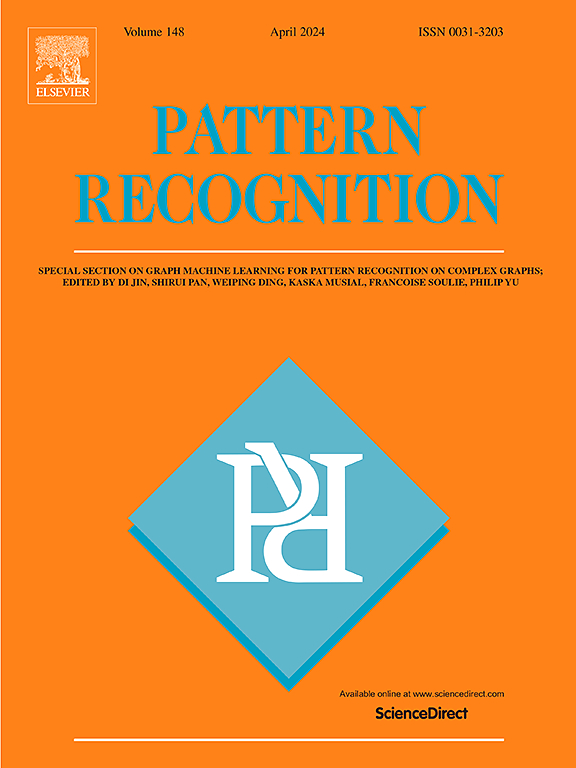一个通用的双视图框架,例如加权朴素贝叶斯
IF 7.6
1区 计算机科学
Q1 COMPUTER SCIENCE, ARTIFICIAL INTELLIGENCE
引用次数: 0
摘要
实例加权是缓解朴素贝叶斯算法中属性条件独立假设的一种有效而灵活的方法。然而,现有的实例加权方法主要关注如何学习每个实例的具体权重,忽略了原有视图的局限性。在本研究中,我们认为现实世界的应用程序相当复杂,仅使用原始视图学习实例权重是次优的。基于这一前提,我们提出了一种新的通用框架,称为双视图实例加权朴素贝叶斯(DIWNB)。在DIWNB中,我们首先构造多个KNN分类器,并选择错误率最低的分类器依次对每个训练实例进行分类,以构建生成的视图。接下来,我们为每个训练实例学习一个特定的权重,并在每个视图中构建一个实例加权NB模型。最后,我们加权融合双视图的类隶属概率来预测每个测试实例的类标签。为了构造生成的视图,我们设计了一个硬标签方法和一个软标签方法,从而创建了两个不同的版本,我们分别表示为DIWNBH和DIWNBS。在60个基准数据集和2个真实数据集上的实验结果证明了DIWNB的有效性。本文章由计算机程序翻译,如有差异,请以英文原文为准。
A general dual-view framework for instance weighted naive Bayes
Instance weighting is an effective and flexible method to alleviate the attribute conditional independence assumption in naive Bayes (NB). However, existing instance weighting methods mainly focus on how to learn a specific weight for each instance, ignoring the limitation of the original view. In this study, we argue that real-world applications are rather complicated, and it is sub-optimal to learn instance weights only using the original view. Based on this premise, we propose a novel general framework called dual-view instance weighted naive Bayes (DIWNB). In DIWNB, we first construct multiple K-nearest neighbor (KNN) classifiers and select those with the lowest error rate to classify each training instance in turn to build the generated view. Next, we learn a specific weight for each training instance, and build an instance weighted NB model in each view. Finally, we weightedly fuse the class-membership probabilities of dual views to predict the class label for each test instance. To construct the generated view, we design a hard label approach and a soft label approach, and thus two different versions are created, which we denote as DIWNB and DIWNB, respectively. Experimental results on 60 benchmark and 2 real-world datasets demonstrate the effectiveness of DIWNB.
求助全文
通过发布文献求助,成功后即可免费获取论文全文。
去求助
来源期刊

Pattern Recognition
工程技术-工程:电子与电气
CiteScore
14.40
自引率
16.20%
发文量
683
审稿时长
5.6 months
期刊介绍:
The field of Pattern Recognition is both mature and rapidly evolving, playing a crucial role in various related fields such as computer vision, image processing, text analysis, and neural networks. It closely intersects with machine learning and is being applied in emerging areas like biometrics, bioinformatics, multimedia data analysis, and data science. The journal Pattern Recognition, established half a century ago during the early days of computer science, has since grown significantly in scope and influence.
 求助内容:
求助内容: 应助结果提醒方式:
应助结果提醒方式:


